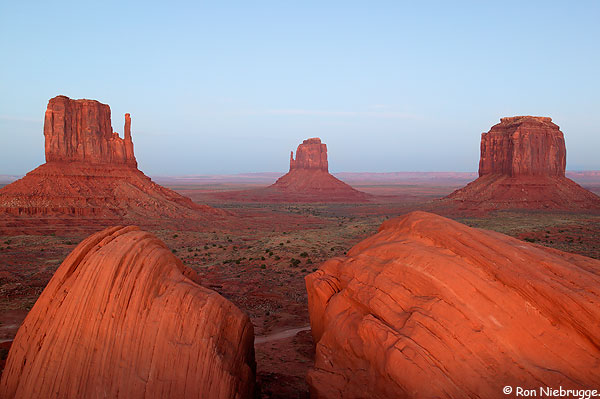
The 14 mile drive throug Monument Valley was very beautiful and rewarding. We had been driving a long time getting to the Four Corners and this was a nice ending to our day. The colors are so brilliant but I know that the pictures will not look even half as good as they really are. There is a lot of pride in the area that you can feel as you stop and take pictures or talk to the locals. It is a place I would love to spend a lot more time exploring. Maybe someday I can.
According to the website by The American Southwest , the valley is not a valley in the conventional sense, but rather a wide flat, sometimes desolate landscape, interrupted by the crumbling formations rising hundreds of feet into the air, the last remnants of the sandstone layers that once covered the entire region.
The Navajo people have lived in this area for centuries, enduring the harsh climate and dwelling in this rough terrain. In the early years, they suffered slave raids by the Spaniards and white Americans, and attacks by other Indian tribes. But through it all, our people survived.
The Anasazi Indians lived throughout this area before they disappeared. The beautiful petroglyphs and pictographs they left are well preserved. Many of their dwellings are still intact, and we visit these sites on our tours. In 1938, John Ford and John Wayne made “Stagecoach,” the movie that first brought Monument Valley to the attention of the film and tourist industries. Since then, Monument Valley has been a favorite for photographers and filmmakers.
The Go-Utah.com webiste also has a lot of good information about Monument Valley as well as the rest of scenic Utah. This is definatly a must see again site.
Back to Our Home Page
Page last updated on August 2014